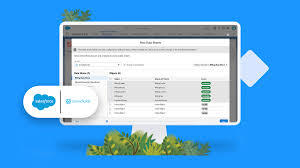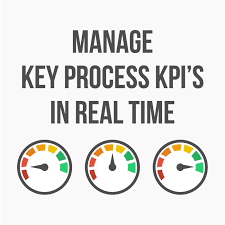Goal
You use business metrics to guide prioritization of data efforts. Your teams build data sources to address the most critical business questions. Enable real-time decision making with unified data.
What it looks like
Data owners and business owners form a cross-functional team to identify or create key data sources. Ensure that your data sources align to one or multiple parts of a business process. Use a data lake to centralize, secure, process, and organize large amounts of data so that teams across your entire company can access the unified data they need from a single location. Next, identify critical decision points. Use your data sources to inform these points, explore and model potential outcomes, and measure the impact.

Generate insights on crucial business processes. Aggregate data from business processes most impacted by key performance metrics. Unify your leadership team with data. Structure a workflow where each data owner, business stakeholder, and process expert all have a single view of the data and are assigned to oversee a different, crucial business process. Audit your data use. Work with leadership teams to identify relevance of existing data sources, and resolve gaps in knowledge to create a complete and unified view of your data.
Enable Real-Time Decision Making with Unified Data
Build data sources to support key decision points. Support key decision points with data analytics and unified data. Run experiments with unified data. Achieve incremental improvements by adjusting different factors in multiple experimental trials. Identify new drivers of improved performance. Monitor changes and measure the impact on business success. Enable real-time decision making with unified data.
Track ROI following business improvements. Analyze business impact with key performance metrics. Offer your teams a single view of the data. Support performance reviews with data visualization to ensure that your team members’ accomplishments are acknowledged and rewarded. Collect data from process changes. Document all stages of business transformation, and make data associated with process changes available to teams across your company to guide their decisions.











